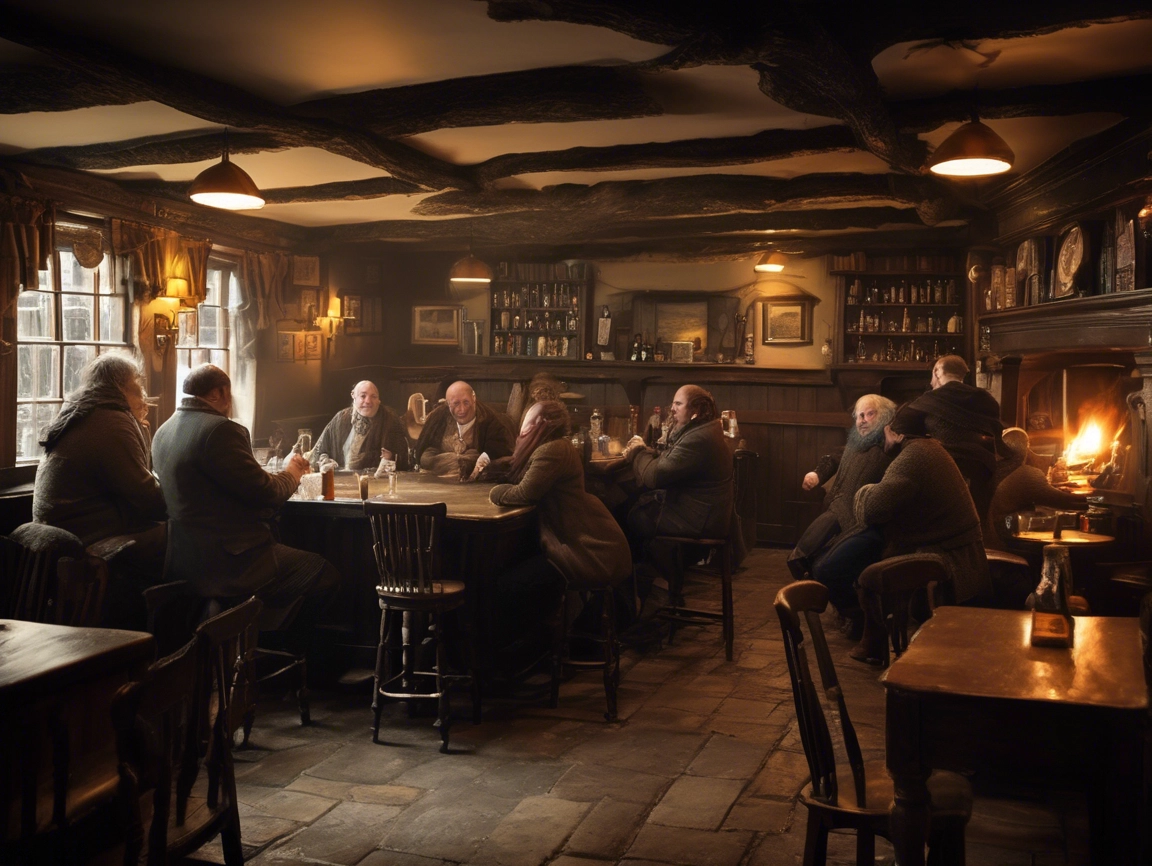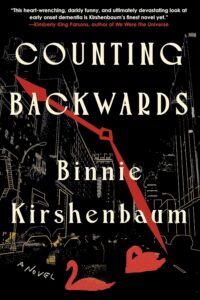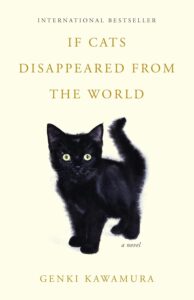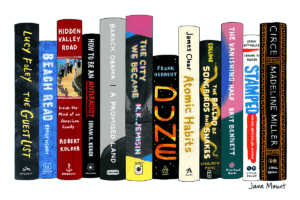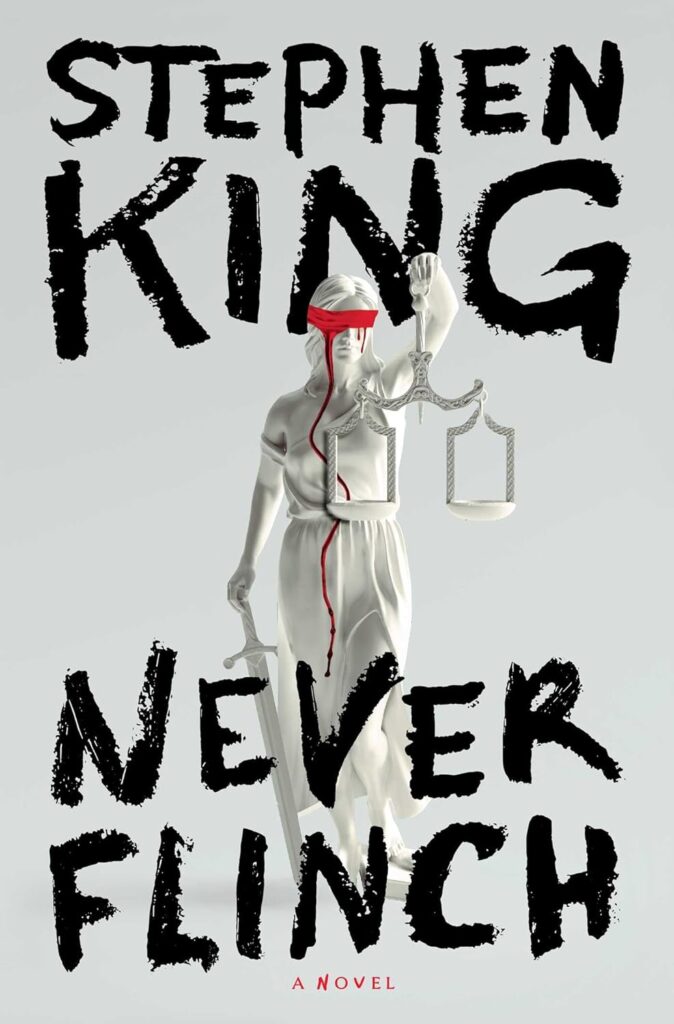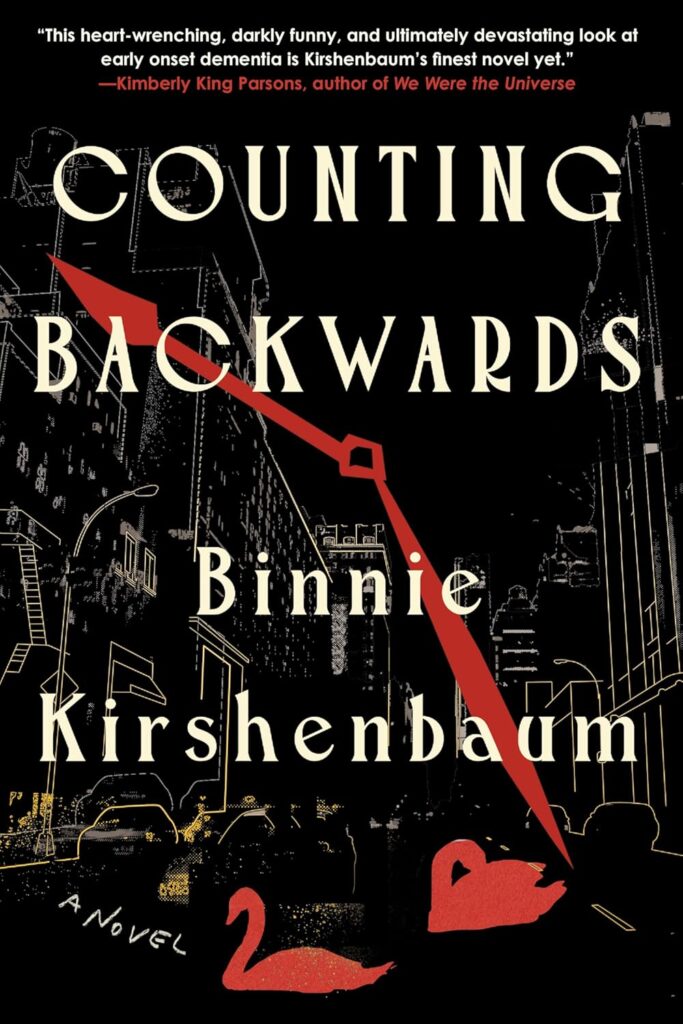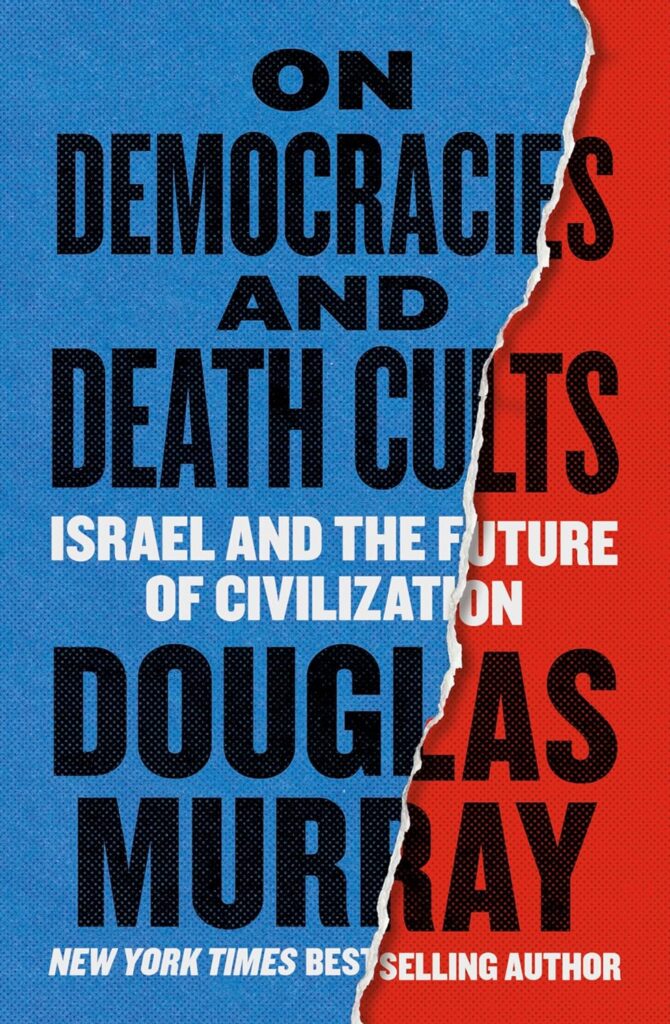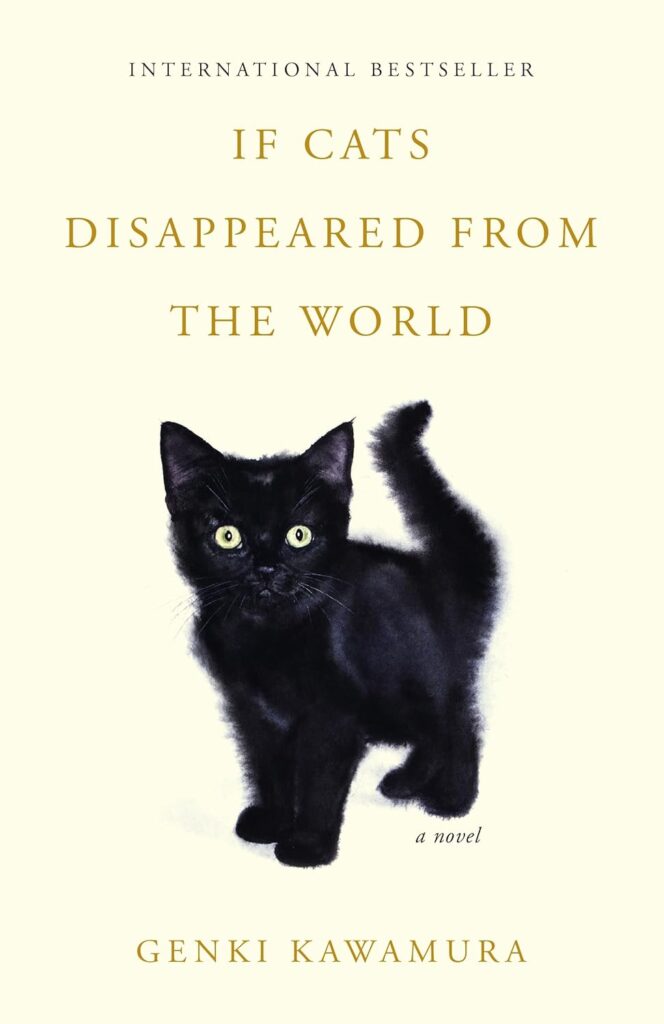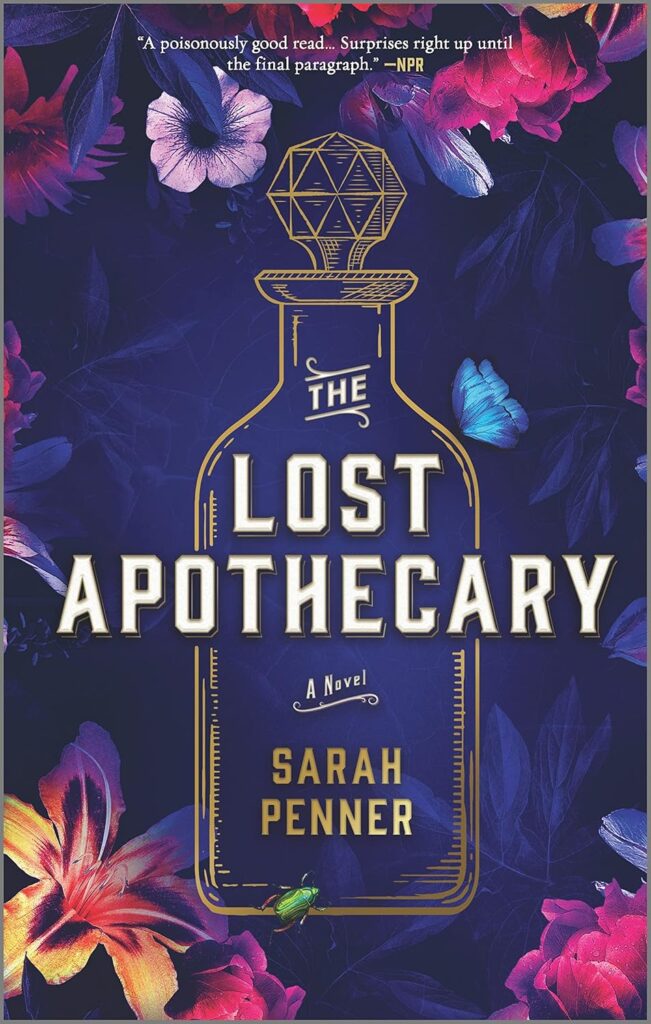In a quiet corner of Oxford, amidst the smoke-filled rooms of the Eagle and Child pub, a peculiar group of thinkers gathered to reshape the boundaries of storytelling. The Inklings, led by literary titans C.S. Lewis and J.R.R. Tolkien, were more than a circle of friends trading manuscripts—they were architects of a new imaginative world. At a time when fantasy was seen as child’s play or escapism, they dared to use it as a medium for profound truths, blending myth, faith, and human nature into stories that continue to resonate.
The works birthed in their meetings—Tolkien’s Lord of the Rings and Lewis’s Chronicles of Narnia—didn’t merely launch fantasy into mainstream literature; they changed the way we read and write it. Their tales of hobbits, lions, and otherworldly quests spoke to universal questions of good and evil, loyalty and betrayal, despair and hope. In doing so, the Inklings established not just a genre, but a literary legacy that still shapes modern fantasy today. Their influence, though rooted in an era of ink-stained manuscripts, stretches across time, reminding us of the enduring power of fellowship, imagination, and a well-told story.
Who Were the Inklings?
The Inklings were not just a literary group but an extraordinary fellowship of minds. Rooted in the intellectual richness of Oxford during the early to mid-20th century, they gathered to probe the boundaries of storytelling and faith. Encompassing a blend of camaraderie, wit, and intellectual rigor, The Inklings shaped not only modern fantasy but also the literary world at large. From their origins to the lively debates within Oxford’s unassuming pubs, this group left a legacy that resonates profoundly today.
Founding and History of the Inklings
The Inklings officially came into being during the early 1930s, though its seeds were sown in the rich soil of academic curiosity years before. The group was composed of Oxford scholars, university students, and local enthusiasts who shared a profound love for the written word, myth, and theology. At its heart were two luminaries—C.S. Lewis, already famed for his theological insights, and J.R.R. Tolkien, a professor whose works would soon redefine fantasy literature altogether.
This informal club was initially united by its members’ dissatisfaction with contemporary literary culture. They sought to counter the growing tide of materialism and skepticism in modern writing by crafting narratives that delved deeply into the human condition and universal truths. Over time, their gatherings became a focal point for sharing ideas, critiquing manuscripts, and wrestling with their respective philosophical and theological beliefs. From around 1933 until the late 1940s, this group met consistently, providing an unparalleled incubator for works like The Lord of the Rings and The Chronicles of Narnia.
The Inklings’ influence was not limited to Tolkien and Lewis. Writers such as Charles Williams—a theologian and novelist with flair for mystical fiction—and others including Owen Barfield contributed fresh perspectives, enriching their discussions. You can explore more about their fascinating history through this comprehensive overview.
The Regular Meetings and Dynamics
Imagine walking into the back room of a modest English pub like The Eagle and Child, where a haze of pipe smoke hung in the air, and spirited voices carried tales and debates deep into the night. Such were the meetings of the Inklings. These gatherings were informal but deliberate, usually taking place on Thursday nights in Lewis’s college rooms or less formally at their favorite pub, affectionately known as “The Bird and Baby.”
The meetings lacked a fixed agenda, but one constant was the reading of manuscripts. Members would read aloud their works-in-progress, exposing them to the group’s critique. Tolkien, for instance, often shared sections of The Hobbit and his nascent Lord of the Rings saga. Some of Lewis’s early drafts of The Chronicles of Narnia likely faced their first audience here. But these sessions were no echo chamber; critiques were honest, sometimes painfully so. Tolkien, famously, disapproved of Lewis’s overt use of allegory, while Lewis occasionally found Tolkien’s works overly complex and inaccessible.
What made these gatherings unique was not only the literary focus but the human dynamics—a rare synthesis of camaraderie and constructive conflict. There was laughter, undoubtedly fueled by both wit and warm ale, but also a robust intellectual engagement that held members accountable to their highest creative standards. Their mutual respect and shared spiritual convictions grounded even their sharpest disagreements, making their collaboration not merely productive but transformational. You can read more about their dynamic discussions here.

Photo by Zekai Zhu
The Inklings were not just a literary club—they were a living tapestry of ideas, stitched together by faith, friendship, and the power of storytelling. Their meetings serve as a testament to the creative potential of minds in dialogue, a lesson as valuable today as it was in their day.
The Creative Partnership of C.S. Lewis and J.R.R. Tolkien
When two monumental literary minds choose friendship as the platform for an exchange of ideas, the result is often transformative. C.S. Lewis and J.R.R. Tolkien were more than just Oxford colleagues; their camaraderie was the crucible within which their finest works were refined. This creative partnership, rooted in mutual respect but often tempered by honest critique, became a defining element of their respective literary careers. From the sweeping landscapes of Middle-earth to the allegorical depths of Narnia, their influence on each other was profound.
C.S. Lewis’s Influence on Tolkien
Loyalty within friendship often reveals itself in moments of creative doubt, and C.S. Lewis proved this repeatedly as a confidant and motivator for Tolkien. While Tolkien was notorious for his meticulous perfectionism and reluctance to bring his stories to completion, Lewis was the enthusiastic spark that reignited Tolkien’s resolve to finish The Lord of the Rings. Without Lewis’s encouragement, Middle-earth might have remained forever in Tolkien’s drafts.
Lewis didn’t just offer unreserved praise but provided practical, constructive feedback as Tolkien read passages aloud during their regular Inklings meetings. Though Tolkien’s dense prose and vast world-building sometimes left even Lewis bewildered, his relentless support propelled Tolkien forward. “You can do it,” wasn’t just an abstract sentiment; it was woven into Lewis’s critiques and his steadfast faith in the worthiness of Tolkien’s labor. It’s no exaggeration to say that Lewis’s belief in the project became a cornerstone for its eventual emergence as a literary masterpiece. Learn more about their literary camaraderie here.
Tolkien’s Impact on Lewis
Yet, the influence flowed in both directions. Tolkien’s academic passion for mythological structures and narrative authenticity profoundly shaped Lewis’s approach to storytelling. Before meeting Tolkien, Lewis was less attuned to the spiritual potency of myth. Tolkien’s conviction that myths could serve as vessels for transcendent truths altered Lewis’s perception entirely. This was pivotal in the creation of The Chronicles of Narnia, where Lewis masterfully blended mythic archetypes with Christian allegory.
Tolkien’s meticulous commitment to creating an internally consistent and believable world likely inspired Lewis to structure Narnia as both a fantastical space and a moral framework. Though Tolkien later critiqued the perceived slapdash nature of Narnia’s cosmology, his early conversations with Lewis undeniably seeded the idea that fantasy could be personally meaningful and universally resonant. For Lewis, Tolkien’s craftsmanship was both a challenge and an inspiration to match gravitas with imagination. You can explore their philosophical exchanges here.
Friendship and Frictions
If their friendship sparkled with wit and philosophical depth, it wasn’t without its shadows. The two men, though deeply united in literary vision, often clashed over differences in temperament, theological perspectives, and personal style. Tolkien, a devout Catholic, took issue with Lewis’s embrace of Anglicanism and his eventual foray into overt allegory—something Tolkien disparaged. Lewis, on the other hand, occasionally found Tolkien’s deliberate pacing and exhaustive detail—“the trees, the bloody trees,” as he quipped—to be unnecessarily indulgent.
Their friendship also shifted over time. As Lewis’s popularity soared following the success of The Chronicles of Narnia and his theological works, Tolkien grew somewhat distant. Yet, even as the warmth between them cooled, their respect for each other’s genius endured. Their bond—a tapestry of shared passion, intellectual rigor, and occasional fireworks of disagreement—stands as a reminder that even the most profound friendships are marked by both unity and divergence. For a deeper dive into their complex relationship, you can refer to this insightful article.

Photo by Caio
The creative interplay between Lewis and Tolkien wasn’t just the collision of ideas but the weaving of a friendship that transcended their disagreements. Like the contrasting yet complementary hues in a stained-glass window, their collaboration allowed their individual shine to illuminate the world—a beacon for storytellers of fantasy ever since.
Themes and Ideas Explored by the Inklings
The Inklings’ literary debates and creative exchanges weren’t just idle musings; they were shaped by deep philosophical and theological convictions. Their discussions illuminated timeless human questions—about morality, mythology, and spirituality—that found direct expression in their masterpieces. The themes they explored did more than populate stories; they provoked thought and stirred the soul. Let us now examine four pivotal ideas that emerged from the Inklings’ collective wisdom.
Good vs. Evil in Fantasy Literature

Photo by Mikhail Nilov
What does it mean to resist evil in a world riddled with ambiguity? For Tolkien and Lewis, this question wasn’t just the heart of their stories; it was the engine of their moral vision. In The Lord of the Rings, Tolkien portrays evil as a creeping entropy—something that corrupts and consumes. The One Ring, as symbolic as it is literal, stands for power’s capacity to deform goodness. Frodo’s journey tests not just his will but his humanity. Meanwhile, Lewis approached the cosmic struggle with a sharper allegorical edge. In The Chronicles of Narnia, Aslan represents sacrificial divine love, while antagonists like the White Witch are overt manifestations of human sin.
Both authors centered their tales around the notion that true heroism emerges in the fight against darkness. Their discussions among the Inklings helped refine this theme. Was evil external, or did it exist within the human heart? They concluded it was both—a duality that required vigilance and grace. For a deeper dive into their moral explorations, see this insightful article.
The Role of Myth and Folklore
The Inklings viewed myths not as idle storytelling but as windows into universal truths. Tolkien’s concept of “sub-creation” argued that human creativity mirrored divine creation, and myths, therefore, carried fragments of ultimate reality. This philosophy underpins The Silmarillion as much as it does Lewis’s retellings of mythic archetypes in The Magician’s Nephew. Myths became a bridge for the Inklings—linking the mundane to the transcendent.
Norse mythology, in particular, enthralled both Tolkien and Lewis, not just for its grandeur but for its melancholy. They saw in myths what modern reflections often lack: a sense of timelessness and inevitability. Together with the Inklings, they debated how far fantasy could blur the line between created worlds and eternal truths. For an excellent overview of their discussions on mythic storytelling, visit this resource.
Ordinary Heroes in Extraordinary Circumstances
No shining knights or demi-gods dominate the worlds of Tolkien and Lewis. Instead, humble figures stand at the forefront—hobbits, children. The premise is simple yet profound: heroism isn’t in power, but perseverance. Tolkien once remarked that Frodo’s strength wasn’t just his mind or body but his unyielding spirit under duress. Similarly, in Lewis’s first Narnian adventure, The Lion, the Witch and the Wardrobe, four ordinary siblings rise to royal stature not because of might, but because of wisdom, loyalty, and sacrifice.
The idea of ordinary heroes reflected the Inklings’ shared belief in the transformative power of courage, even in the face of futility. As Tolkien wrote, “Even the smallest person can change the course of the future.” Ordinary characters became metaphors for human potential: frail in body, yet capacious in faith. You can explore this theme further in this discussion of Inkling heroism.
Religious Symbolism and Allegory
The Inklings were firmly rooted in a Christian worldview, and their faith manifested throughout their works—though in markedly different ways. Lewis, unashamedly allegorical, wrapped Christian truths in the enchanted wardrobe of Narnia. From Aslan’s redemptive sacrifice mirroring Christ’s crucifixion to the overarching theme of resurrection and renewal, Lewis’s symbolism was accessible yet profound.
Tolkien, on the other hand, was allergic to direct allegory. His Catholicism suffused The Lord of the Rings not through overt symbols but through thematic resonance. The struggle against Sauron mirrored the battle against sin, while Frodo’s burden called to mind Christ’s own suffering. Where Lewis preached, Tolkien whispered. Still, both believed deeply in stories’ capacity to reveal the sacred embedded in the ordinary. For more on their approach to religious symbolism, check out this article.
From the cosmic battles of good and evil to the quiet triumphs of ordinary heroes, the Inklings’ themes resonate because they explore the human condition through a lens that is at once fantastical and profoundly real. They remind us that stories aren’t just entertainment—they’re a mirror, reflecting truths we might otherwise miss.
Comparing Middle-earth and Narnia
To compare Middle-earth with Narnia is to juxtapose two intricate worlds, born from the pens of J.R.R. Tolkien and C.S. Lewis, respectively. These two realms, though similar in their imaginative foundations, are profoundly different in their intentions, construction, and the ways they invite readers to immerse themselves. Exploring these contrasts not only illuminates the distinct genius of their creators but also reveals the diversity in storytelling that shaped the modern fantasy genre.
World-Building: Depth vs. Accessibility
Tolkien’s Middle-earth feels alive in its depth and detail. Every corner of his imagined world—its geography, history, languages, and cultures—has a purpose, crafted with the precision of a historian and the passion of a linguist. The richness of Middle-earth invites readers to immerse themselves fully, to lose themselves in the dense fabric of a world with its own timelines, genealogies, and mythologies. It’s the kind of place that can feel overwhelming at first but becomes endlessly rewarding for those willing to delve deep into its vast landscape.
On the other hand, Lewis’s Narnia adopts a different philosophy. His world is intentionally less intricate, leaning instead on allegory and symbolism to convey its meaning. Narnia’s magic lies in its simplicity—it’s accessible, even to younger readers, and offers profound truths wrapped in straightforward storytelling. Where Tolkien builds a cathedral of narrative detail, Lewis paints an evocative mural, full of symbolic beauty but without deliberate scaffolding. Narnia’s charm often comes from its immediacy, the quick sense of wonder and moral clarity it provides.
Both approaches serve their creators’ intentions perfectly. Tolkien’s intricate work may inspire awe, while Lewis crafts an accessible journey that leaves a mark on the hearts of its readers. You can learn more about the different levels of complexity in their works here.

Photo by Donovan Kelly
Tone and Style
Tolkien’s tone, steeped in history and grandeur, renders his works timeless, almost mythical in scope. Reading The Lord of the Rings often feels like uncovering an ancient manuscript unearthed from a forgotten library. His prose is deliberate and epic, capturing the weight of millennia, battles fought, and sacrifices made. This historical tone underscores the monumental stakes of his narratives, lending them gravitas.
By contrast, Lewis’s Narnia inhabits a far more whimsical and allegorical space. His narratives frequently break the fourth wall, inviting readers into the story with a friendly nudge or a playful aside. He uses fairy tale-style simplicity to tackle profound themes, weaving layers of meaning into narratives anyone can understand. Whereas Tolkien’s Middle-earth feels like a study of history, Narnia feels like a conversation with a wise old storyteller spinning a fable just for you.
This difference in tone mirrors the authors’ goals. Tolkien sought to create a fully realized mythology, while Lewis aimed to convey spiritual and moral truths with clarity and empathy. Their styles are reflections of their unique perspectives and priorities. More on their contrasting writing styles can be found here.
Shared Themes and Unique Approaches
Despite their differences, Middle-earth and Narnia share several common themes, particularly the battle between good and evil, the importance of choice, and the resilience found in the face of despair. Yet, even when overlapping in theme, their execution diverges strikingly.
For Tolkien, magic is woven into the fabric of his world, treated almost like a force of nature—subtle yet pervasive. The elves, wizards, and artifacts of Middle-earth reflect his fascination with myth and his desire for internal consistency. Magic in Tolkien’s world is mysterious, a power to be revered and respected, not easily wielded without dire consequence.
Meanwhile, magic in Narnia is playful, overt, and tied directly to the moral and spiritual realm. It’s a tool for growth and wonder, often mirroring Lewis’s Christian allegory. Aslan’s resurrection and the deeper magic “from before the dawn of time” embody a spiritual subtext that moves beyond the material confines of its world.
Both authors also explore the theme of the heroic journey, though through different lenses. For Tolkien, heroism is rooted in perseverance; it’s Frodo’s burdened journey, burdened yet meaningful. For Lewis, heroism often means embracing one’s destiny with faith and trust, as seen in the Pevensie children stepping into their royal roles.
Their unique approaches ensure that both Middle-earth and Narnia, though kindred in their foundational ideas, resonate in distinct ways. Fans of both worlds wrestle with the question of which better captures the essence of fantasy. Dive into a broader discussion of their thematic overlaps here.
In contrasting these two iconic worlds, one can see the immense creative range that modern fantasy owes to Tolkien and Lewis. While their approaches differ, their shared dedication to exploring the depths of human nature, faith, and imagination unites their legacies into a monumental force within the genre.
The Inklings’ Legacy in Modern Fantasy
To discuss the legacy of the Inklings in modern fantasy is to trace a lineage that has profoundly shaped the genre. Their influence is not merely a matter of stylistic inspiration but a complete rethinking of what fantasy could be—a vehicle for exploring humanity, morality, and the transcendent. Tolkien’s meticulously crafted Middle-earth and Lewis’s vibrant, allegorical Narnia set paradigms that continue to define the genre today. But their imprint goes beyond their own works, reverberating through the pens of countless authors who followed.
Shaping the Modern Fantasy Genre

Photo by Cris Ramos
Consider the state of fantasy literature before Tolkien and Lewis. While mythology, folklore, and tales of wonder were abundant, fantasy as we know it—world-building crafted with the depth of historical realism, paired with existential and moral heft—was nascent. Tolkien, often referred to as the “father of modern fantasy,” didn’t merely write a compelling story; he created a world that felt as if it had always existed. Every fictitious tree, language, and lineage in Middle-earth carried the weight of imagined millennia. His work demanded that fantasy authors approach storytelling with similar authenticity and complexity.
Lewis, for his part, made fantasy accessible. While Tolkien’s works demanded that readers learn the geography of imagined lands and their mythic traditions, Narnia invited readers to step into a magical world with universal truths. By simplifying the entry point to complex ideas, Lewis demonstrated that fantasy could be both profound and immediately engaging. His mix of allegory, whimsy, and moral inquiry demonstrated the flexibility of the genre.
The conventions that define contemporary fantasy—such as detailed maps, imagined languages, and the blending of mythology with personal character arcs—owe much to the Inklings. These weren’t just literary quirks but innovative tools to immerse readers in fully realized worlds. Their works set the stage for what modern fantasy could achieve, and today’s authors continue to tread paths first carved out in their Oxford meetings. For an in-depth look at how the Inklings breathed life into modern English fantasy, explore The Inklings: The Rebirth of English Fantasy.
Influence on Subsequent Authors
From J.K. Rowling’s wizarding world to George R.R. Martin’s sprawling political epics, the fingerprints of Tolkien and Lewis are found throughout modern fantasy. These later authors may diverge in tone and audience, but they share a lineage rooted in the Inklings’ vision.
Take Rowling, for example. Hogwarts, with its rich lore, hidden corridors, and distinctive houses, follows a template Tolkien perfected—a contained world brimming with depth beyond what appears on the surface. Rowling’s ability to blend moments of whimsy with darker, morally complex themes mirrors Lewis’s knack for intertwining charm with profound truths. It’s not hard to imagine that The Burrow, home to the Weasley family, would fit snugly within Middle-earth’s Shire.
Conversely, George R.R. Martin’s A Song of Ice and Fire seems almost an antithesis to Tolkien’s mythos, where moral clarity reigns. Yet Martin himself credits Tolkien for teaching him the importance of fully realized worlds. His fascination with detailed family lineages and political intrigue reflects Tolkien’s influence, albeit interpreted through a more cynical lens. Martin’s perspective demonstrates that even when authors push against Tolkien’s idealism, they remain indebted to his methods.
Beyond these household names, the Inklings’ impact stretches into broader narratives. Brandon Sanderson’s intricate magic systems and Patrick Rothfuss’s intimate character studies owe debts to the template Tolkien and Lewis provided. The Inklings taught these storytellers not just to build worlds, but to populate them with characters who reflect the depth of human experience. For an exploration of how Tolkien shaped modern fantasy, see The Literary Power of Hobbits: How JRR Tolkien Shaped Fantasy.
The Inklings didn’t just write stories; they forged a blueprint for the modern fantasy genre. Their works invite each new generation of writers not only to borrow but to innovate—to reflect on the timeless truths they illuminated while carving out new imaginative landscapes. Through them, fantasy ceased to be escapism and became something profoundly human—a genre capable of exploring who we are, where we’ve been, and what we might become.
Conclusion
The Inklings weren’t just a group of friends who wrote stories. They were architects of a literary transformation, taking the old bones of myth and folklore and breathing into them a new, modern vitality. Through the unparalleled depth of Tolkien’s Middle-earth and the spiritual clarity of Lewis’s Narnia, they redefined not only how we imagine but also why we imagine. Fantasy, once dismissed as escapist or trivial, became a powerful lens through which to explore humanity’s deepest questions.
Their fellowship reminds us that no creative genius exists in isolation. Ideas sharpen in dialogue, stories deepen through critique, and friendships form the bridges that carry us to higher ground. The legacy of the Inklings endures not because they solved the mysteries of good and evil or faith and doubt, but because they dared to frame those mysteries with courage and imagination.
What we take from their legacy is simple yet profound: our stories matter. Whether in the epic sprawl of a mythical landscape or the quiet intimacy of a child’s journey through a wardrobe, stories shape us, just as Middle-earth and Narnia shaped the worlds that followed. So the next time you pick up a fantasy novel, consider this—perhaps it carries a bit of Oxford pipe smoke and the echo of voices scribbling a new chapter of imagination.

